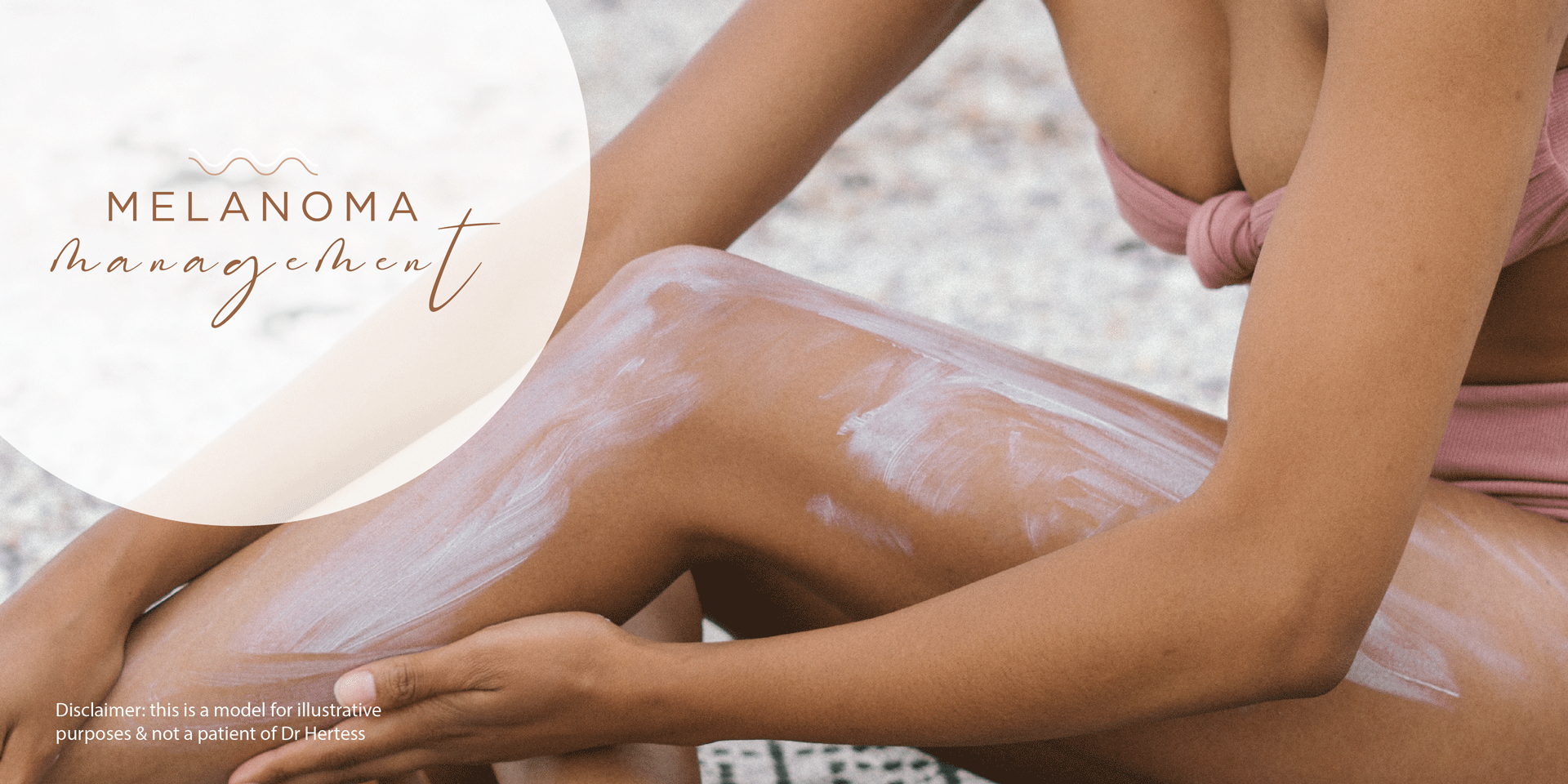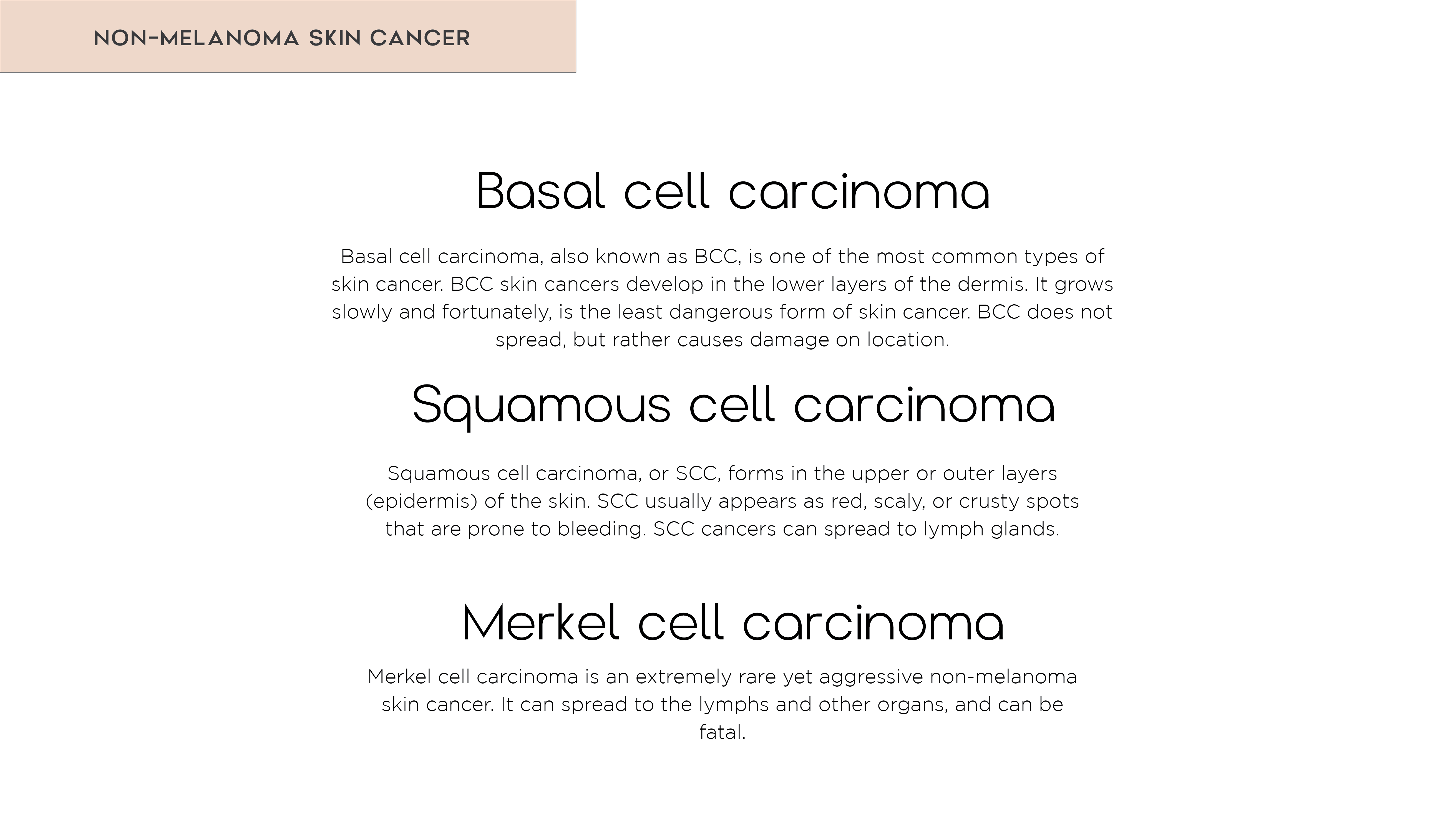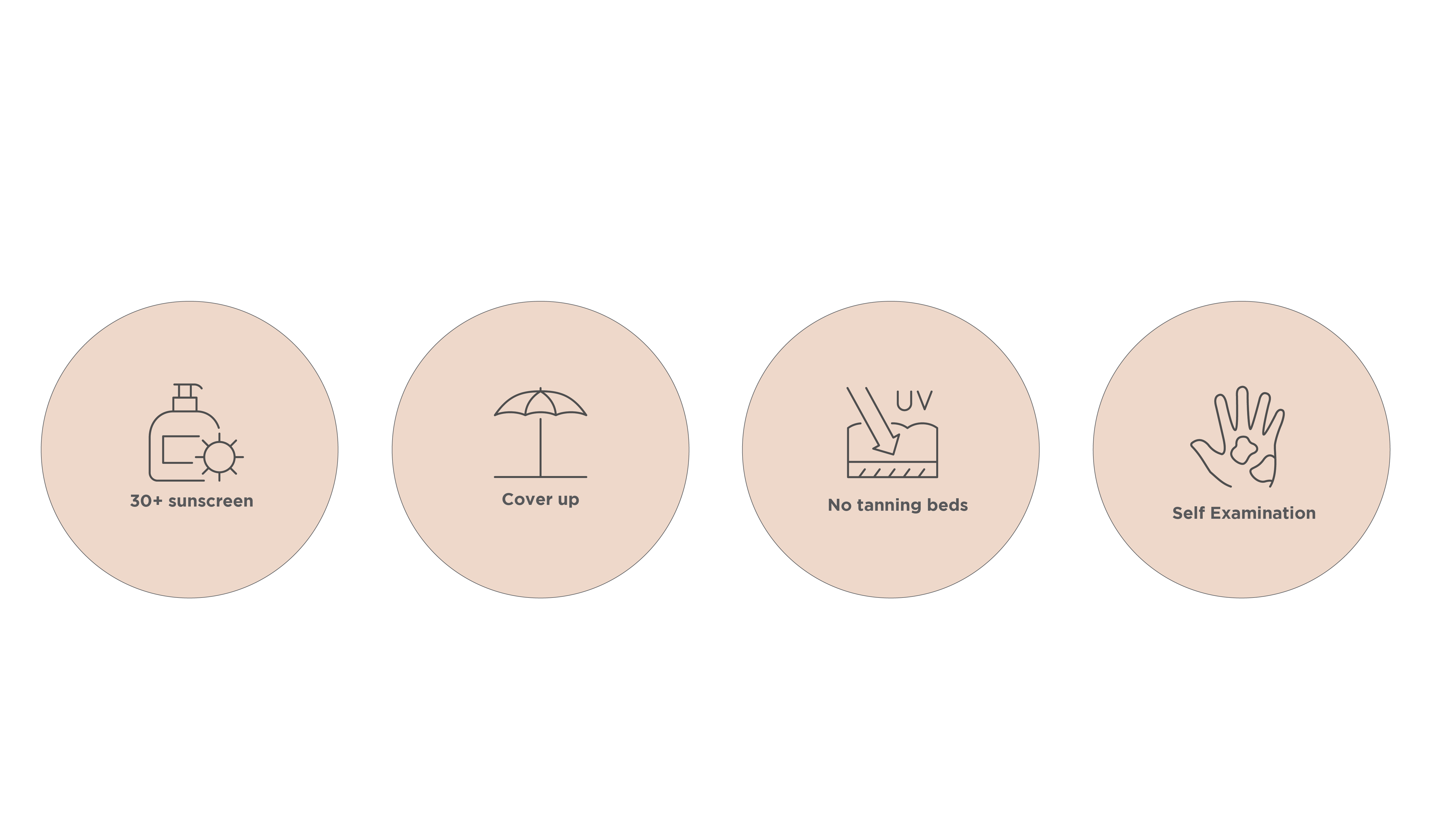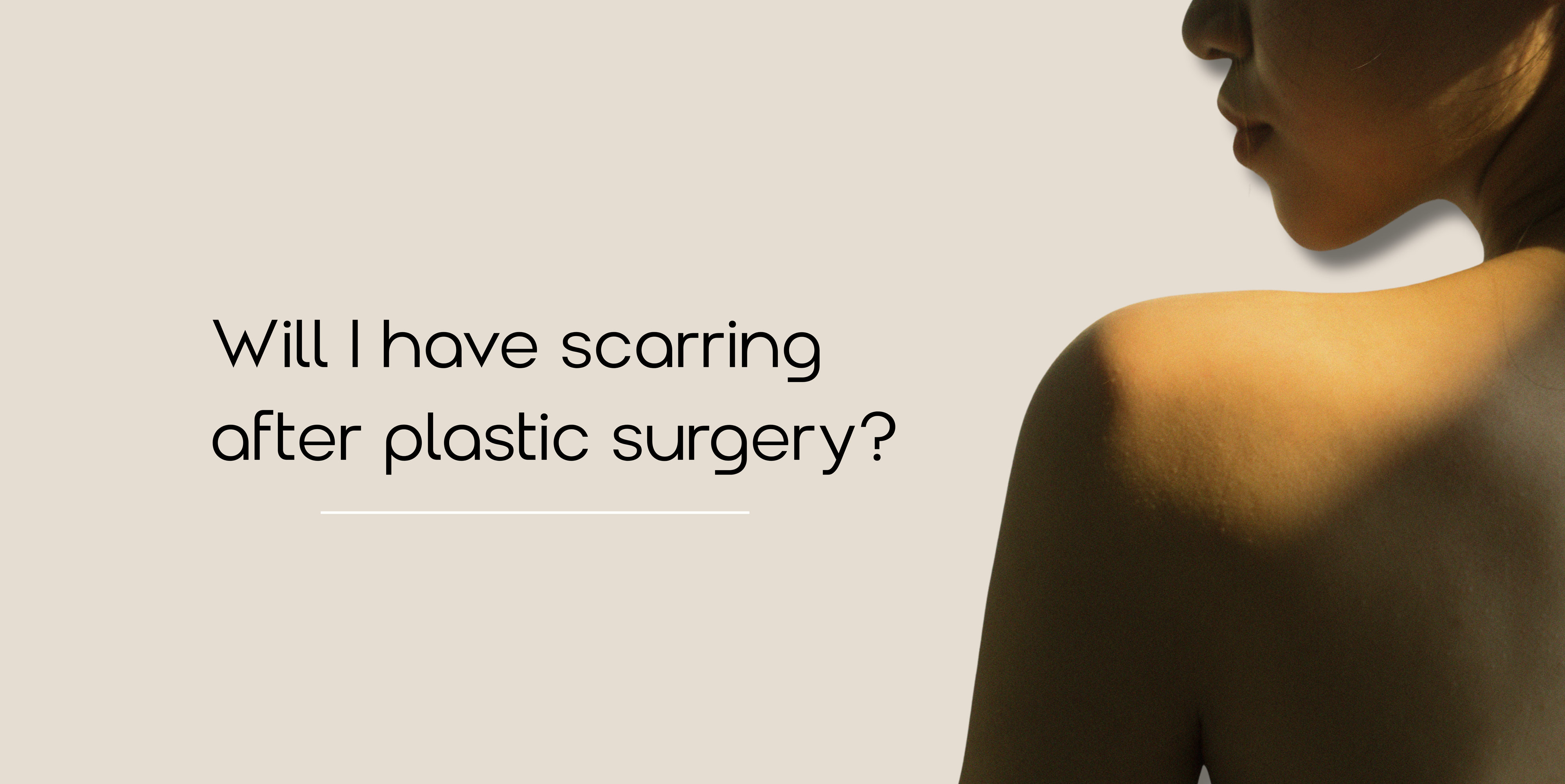Melanoma Management - Protect You and Your Family

Most medical practitioners will agree Melanoma is one of the most fatal and aggressive forms of skin cancer in the world. It can have detrimental effects when it has not been diagnosed early enough or treated properly.
Melanoma is a deadly cancer that works by affecting the pigment-producing cells in the skin. These cells also produce benign tumours, also known as moles. At the time a Melanoma begins to develop on your skin, it may have a similar appearance to another normal mole, but its incredibly important not to be complacent in this respect. Whilst we understand its incredibly difficult to know whether a mole is indeed cancerous or an innocent looking beauty spot, we have devised some tips on how to identify a Melanoma in its early stages, and also, the most effective ways to prevent Melanoma.

Melanoma is a consequence of too much exposure to the sun. Like most Aussies, if you often go outside to enjoy our gorgeous, sunny weather without protecting your skin, you are at a significantly increased risk of developing Melanoma from the sun’s damaging ultraviolet rays. Frequent, blistering sunburns as a child has also proven to heighten chances of getting developing Melanoma. Thankfully, on January 1st, 2015, the Australian Government banned tanning beds, which had a 75% increased risk for regular tanners.
Of course, we recognise a family history of Melanoma may contribute to your risk to some extent; however, the majority of cases of Melanoma are due to sun exposure. We cannot stress it enough, please cover up!
While there is no way to guarantee that you will never get Melanoma there are a number of steps you can take to protect and take pride in your skin:
Advised Tips:
- Wear a physical broad-spectrum, waterproof sunscreen with an SPF of at least 30+.
- Reapply sunscreen every two hours when you are outside.
- Wear clothing that shields your skin from the sun.
- Never use tanning beds

A life of total sun exposure avoidance is unrealistic, and cannot be maintained or even completely prevent Melanoma. It is important however to be aware that Melanoma, for the most part, develops on areas of your skin that are prone to sunburns but it does also appear anywhere on your body, even between your toes.
It’s crucial to know how to identify a cancerous mole in its early stages before it becomes more dangerous and it’s imperative you see a GP who specialises in Skin Cancer treatment. Becoming educated in self-examining your skin is also helpful.
The warning signs of Melanoma can be detected by performing a simple self-exam.

Self-Examination Skin Check
Make sure you are in a room with good light, completely undress and place yourself in front of a full-length mirror. Using a hand-held mirror, scan your entire body focusing on the below tough-to-see areas;
✔️ Face and scalp
✔️ Neck and shoulders
✔️ Front and back of your arms, including armpits
✔️ Front and back of hands, between your fingers and under the fingernails
✔️ Legs
✔️ Between toes and on soles of feet
Furthermore, to identify the characteristics of a potential Melanoma, you can also apply , what we like to call, adult ‘ABCDEs’.
- A is for asymmetry. If a mole looks different on one side than another, it may be cancerous.
- B means that the border of cancerous moles often looks irregular or scalloped.
- C is for colour. Cancerous moles are often darker in colour than benign moles, or have multiple colours.
- D stands for a diameter more than 6 millimetres – larger than a pencil eraser.
- E means that it is evolving. If a mole is changing in shape, size, colour, or is bleeding or itching, it is exhibiting irregular behaviour.
If you suspect anything that resonates with the above, you should have it evaluated as soon as possible.
Melanoma is of high concern in Australia and all around the world. Ensure you and your loved ones know how to keep yourselves safe from this highly dangerous and inconspicuous skin cancer. Early detection and prevention of cancerous moles could save your life.
Connect with us today on (07) 5601 0492 or contact us online here.



